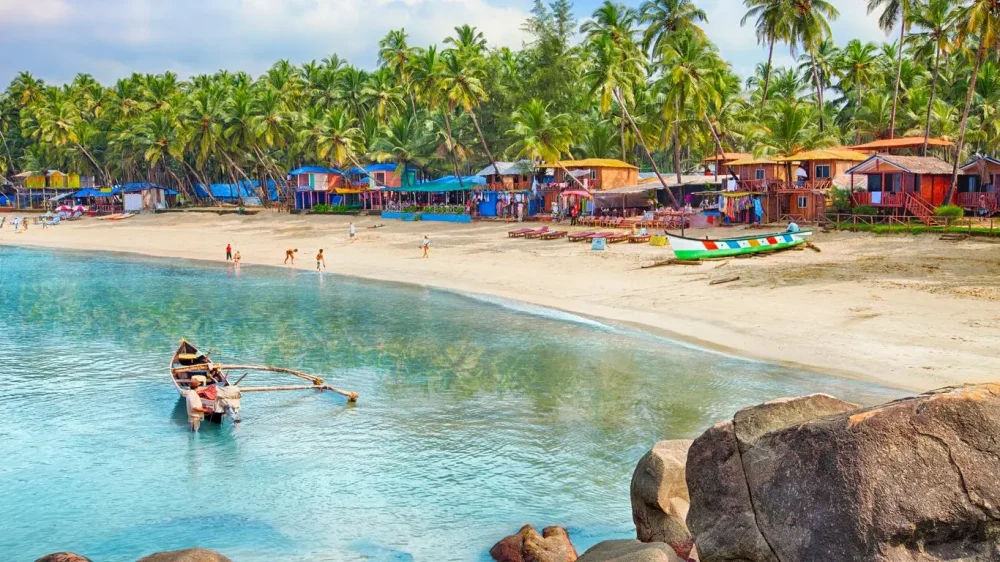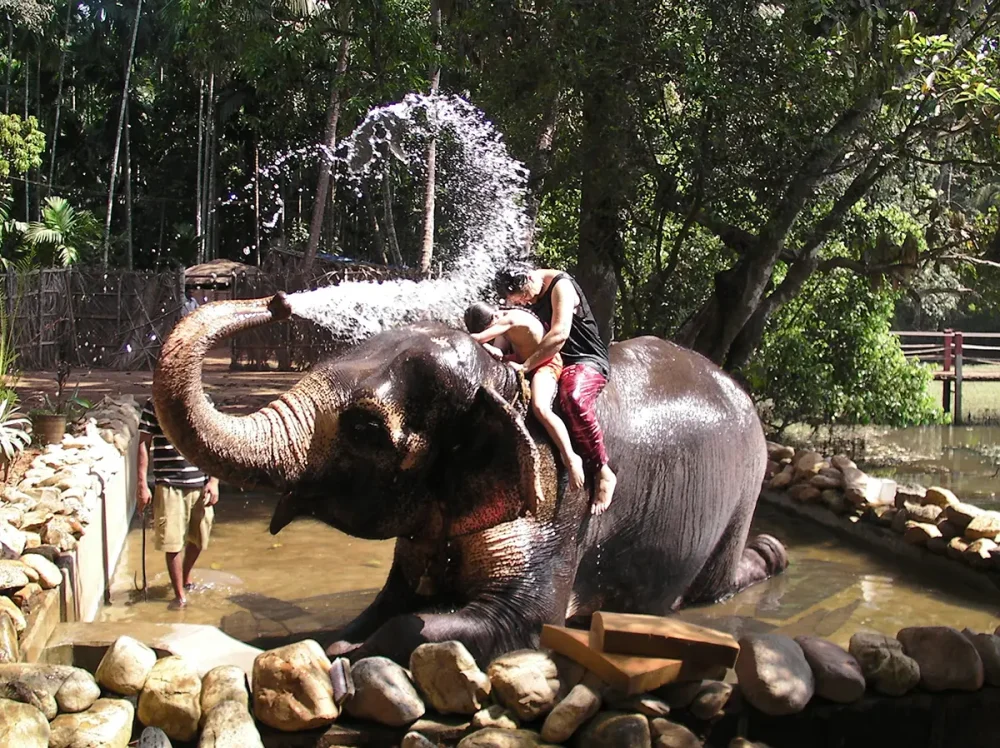For many, the country on the Ganges is a land of contrasts, colors, aromas, and continuous movement. But for experienced travelers, it is also one of the best destinations for a budget vacation. Proper preparation makes budget travel in India not only possible but also rich, comfortable, and amazingly diverse.
At the same time, the country remains unique in terms of accommodation, transportation, and food costs. Even with a limited budget, you can stay in comfortable places, visit dozens of locations, and immerse yourself in the vibrant culture. The key is to understand in advance where and how you can save money without compromising on the quality of experiences.

A developed transportation network, a large number of accommodation options, affordable cuisine, and a low exchange rate of the local currency all make budget travel in India popular among travelers from Europe and Asia. Prices for many services are noticeably lower than in other popular countries in the region.
An additional advantage is the variety of routes: from bustling cities to temples in the jungles and beaches on the coast, allowing you to plan a unique itinerary without spending a lot on flights or transfers. Especially considering how transportation in India is organized: trains and buses cover even remote regions, and tickets often cost symbolically.
At the first stage, it is worth calculating when and how to best reach India. The key element here remains the correct booking of tickets. Prices for international flights to Indian soil are subject to strong seasonality: more expensive in winter, cheaper in summer, especially in hot states.
Budget airlines offer low fares, but it is important to remember the baggage and meal restrictions. Flights with layovers through countries in the Middle East or Central Asia are often significantly cheaper than direct flights. And weekdays offer a chance to find tickets 20-30% cheaper than weekends.
You can reduce your main expenses already at the preparation stage. The main thing is not to plan your trip blindly but to approach the route systematically. The right strategy allows you not only to reduce costs but also to avoid stress, time loss, and disappointments. Here are aspects to consider before starting your trip:
Such preparation will help avoid unnecessary expenses and be confident that the main risks are minimized.
India is a country with an incredible number of affordable accommodation options. From guesthouses in the mountains to hostels in the center of Mumbai. Accommodation often costs less than daily meals. It is advantageous to book directly or through local websites to avoid commissions and get discounts.
Cuisine is another reason to fall in love. Street food is not only delicious but also cheap. The key is to choose proven spots with queues of locals. Local establishments are also popular, where lunch costs less than a dollar, and portions are generous. Another plus is the opportunity to try unique dishes from each state: from vegetarian south to meaty north.
It is easy to get carried away with expenses during the trip, especially in a country with such color. Souvenirs, trips, excursions, tips – everything seems inexpensive until calculated. To maintain balance, it is important to set financial limits in advance and stick to them. This approach is relevant if you are planning a budget trip to India, where temptations abound at every step.
Practical steps to keep expenses under control:
These practices ensure stable savings, allowing you to spend money on truly important things: experiences, acquaintances, and unforgettable moments.
Internal logistics deserve special attention. Transport in India is represented not only by trains and buses but also by a multitude of local solutions: auto-rickshaws, shared jeeps, boats, even moto-taxis. For budget-conscious travelers, railway transport is the most advantageous, especially when booking tickets in advance through official portals.
In addition, many budget airlines offer cheap flights between major cities, allowing significant time savings without major expenses. Choosing the right mode of transportation helps cover more regions and stay within planned budgets.
A well-planned budget trip to India not only does not require large investments but also allows you to see the country much deeper. The diversity of cultures, traditions, landscapes, and cuisines creates a bright and rich impression even without significant expenses.

Knowing how to save money in India allows you to afford more: visit several states, try all dishes, live in comfortable conditions, and feel free. For those looking for affordable vacations, the country offers huge opportunities – the main thing is to be open to experiences and remember the details.
When planning cheap trips, it is important not only to count money but also to consider how local logic works. The more flexible the plan, the more unexpected discoveries and profitable finds.

Travelling to the district reveals to tourists a completely different face of India – tranquil, peaceful and immersed in nature. It hides pristine beaches, ancient temples, ayurvedic centres and protected corners where time seems to slow down. Holidays in South Goa are the choice of those who are looking for something interesting and unusual to …

The Indian state is not just a beach paradise with golden sands and endless coconut groves. It is a region with a rich historical past, amazing natural landscapes and authentic traditions. Discovering the best Goa excursions is a special blend of Portuguese heritage, Hindu culture and tropical exoticism. The excursion itineraries here are very diverse. …